Motivation and objectives
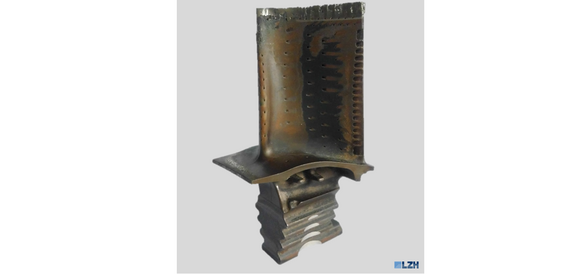
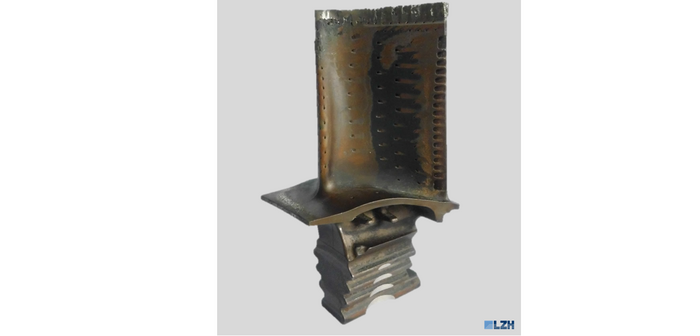
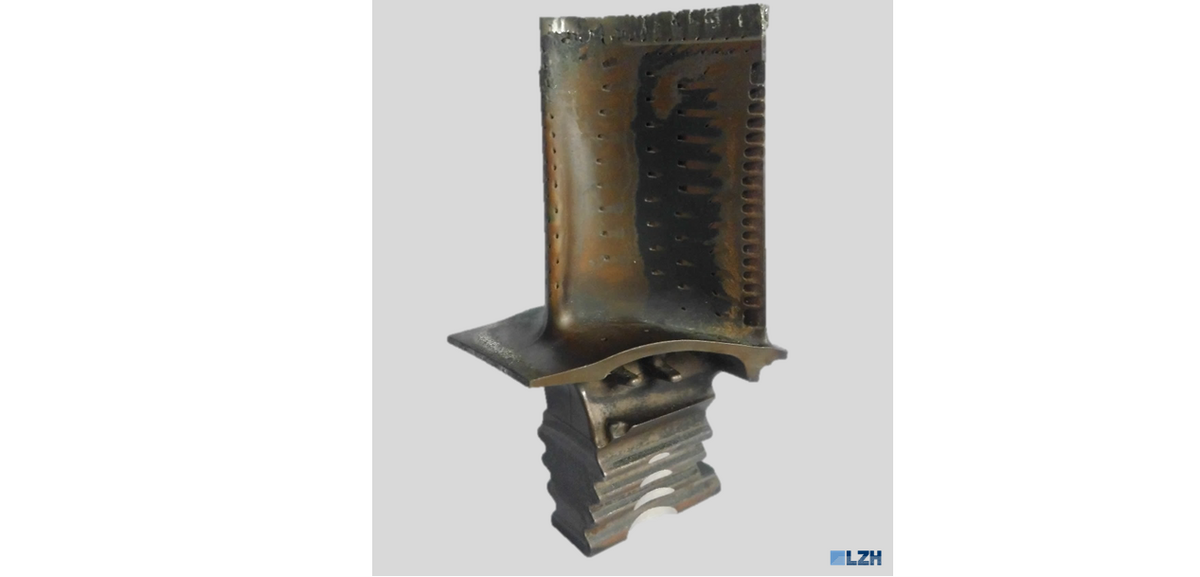
Turbine blades of aircraft engines are made of different materials depending on their function and in particular their position in the turbine. In order to meet the increasing demands on these engines and to increase the efficiency of the engines, single-crystalline nickel-based superalloys are used in the form of high-pressure turbine blades. They experience high thermal and mechanical loads, which lead to signs of wear, such as cracks in the single-crystalline base material.
This transferproject T5 transfers the knowledge gained in sub-project B5 on the regeneration of single-crystal blades to a wider range of Nickel-based superalloys, extends the repair to vanes and aims to carry out the repair under industrial conditions. This transfer is essential for the repair of various turbine blades, since the repair success shows a material dependency.
The project content divides into three main areas. The first area deals with the repair of damaged, single-crystalline high-pressure turbine blades. Here the focus is on the regeneration of the tip of the blade. The second area involves the repair of high-pressure lead vanes. Compared to other turbine blades, these not only show different geometry and material composition, but also different types of damages. The focus is on the development and implementation of a repair process that depends on the specific damage pattern. In the third area a database will be developed that contains the investigated damage together with the associated repair strategy. The motivation of this database is to propose a user-friendly and damage-dependent repair.
Results
Based on subproject B5, the transfer of the repair procedure into this project has been successfully accomplished. The regeneration process is carried out in the form of laser cladding. The means and materials that are necessary for the repair are available. Due to the different material composition of the high-pressure turbine blade, the process currently adapts to the new material conditions. Furthermore, the various damages were categorized in close consultation with the project partner.
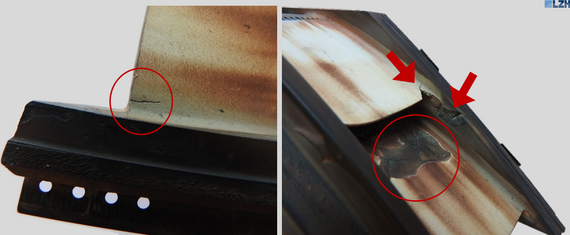
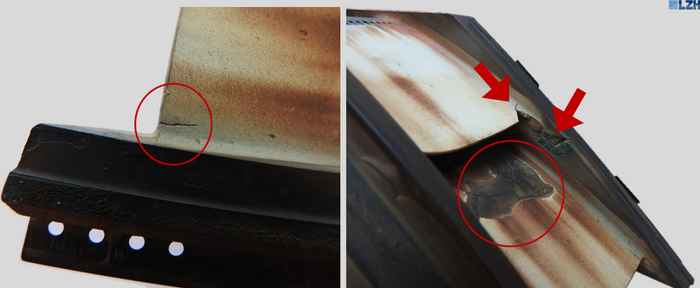
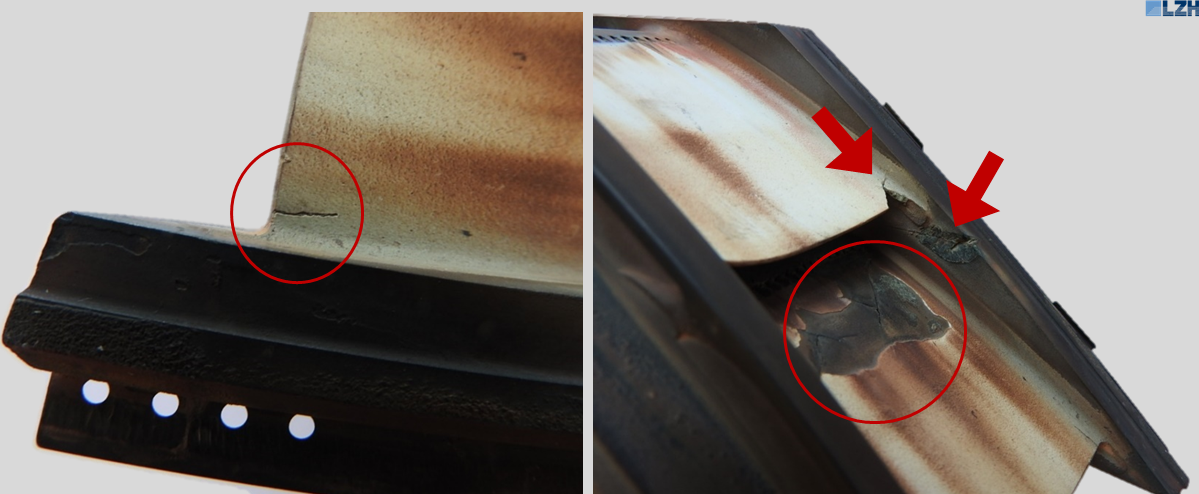
Current research and outlook
To meet the requirements, the repair will be further improved. This includes increasing the process speed to exploit the limits of this process efficiently. In addition, material specific repairs will be carried out on high-pressure turbine lead vanes. By incorporating the results into the damage database, the possibility of repairs are extended to other damage patterns. The resulting findings of this transfer project T5 will be in exchange with other thematic sub-projects of the SFB871, such as the subsequent recontouring process, in order to further improve regeneration pathways.
Subproject leader
Hollerithallee 8
30419 Hannover
Hollerithallee 8
30419 Hannover
Hollerithallee 8
30419 Hannover
Hollerithallee 8
30419 Hannover
Staff
Hollerithallee 8
30419 Hannover
Hollerithallee 8
30419 Hannover




